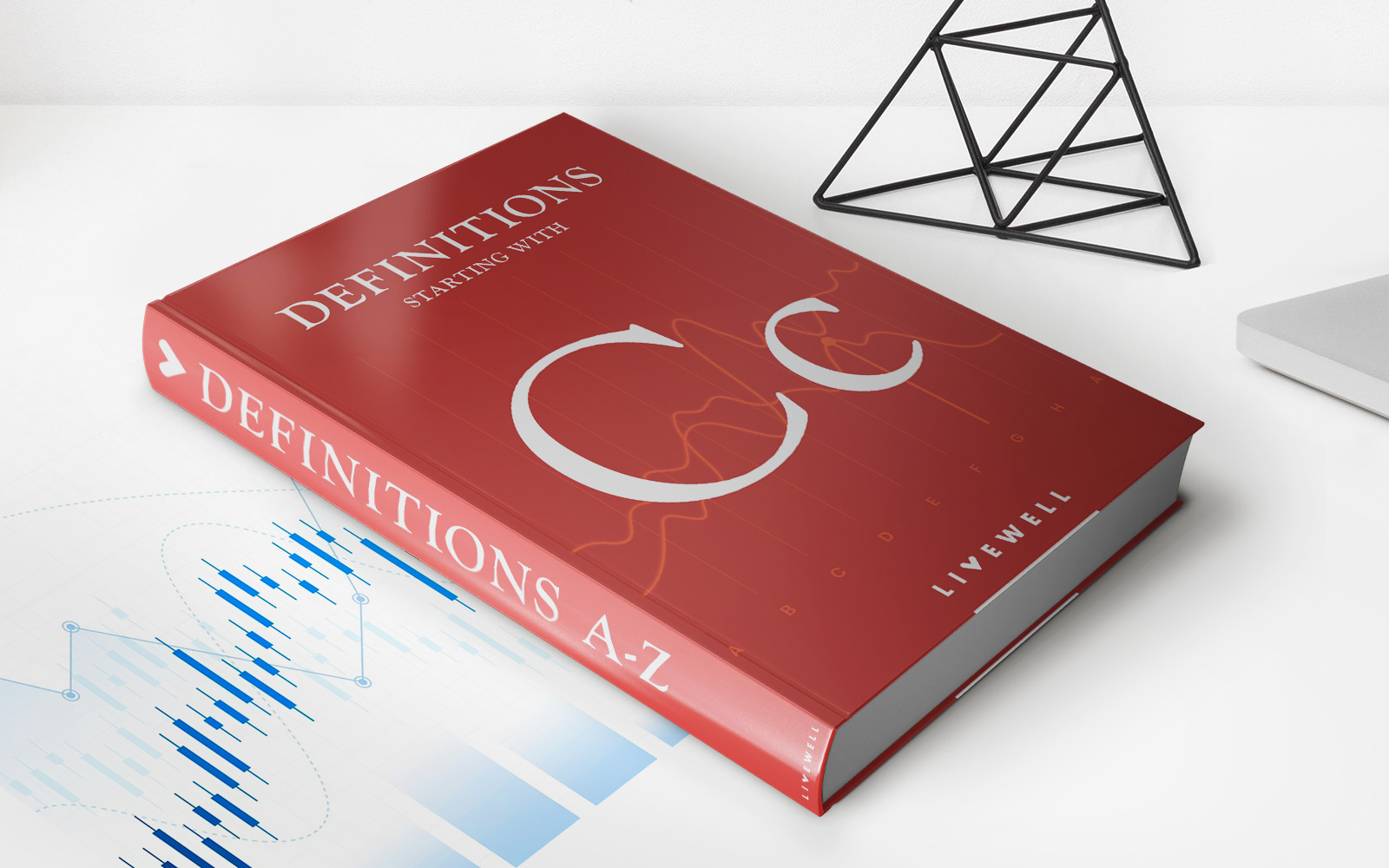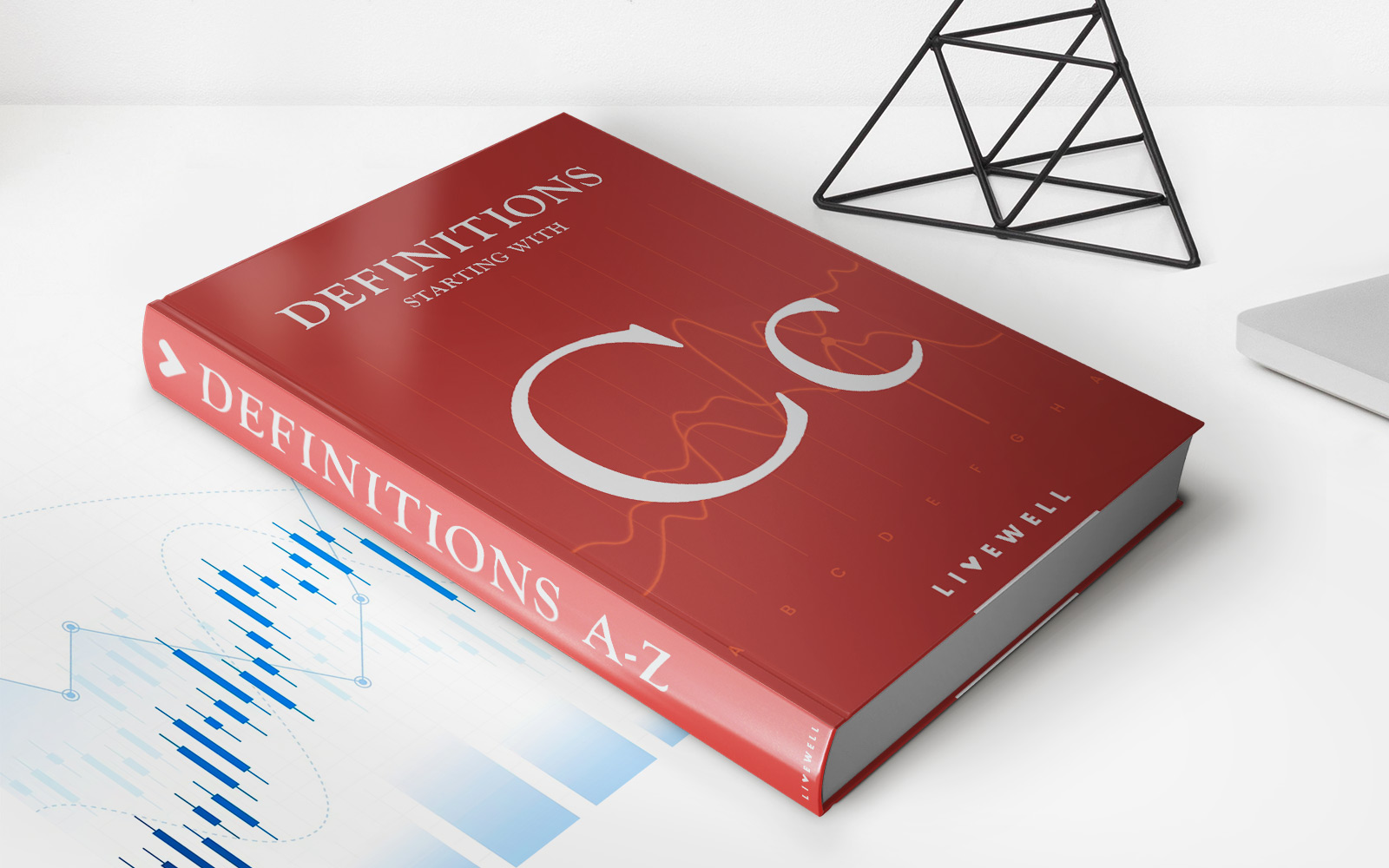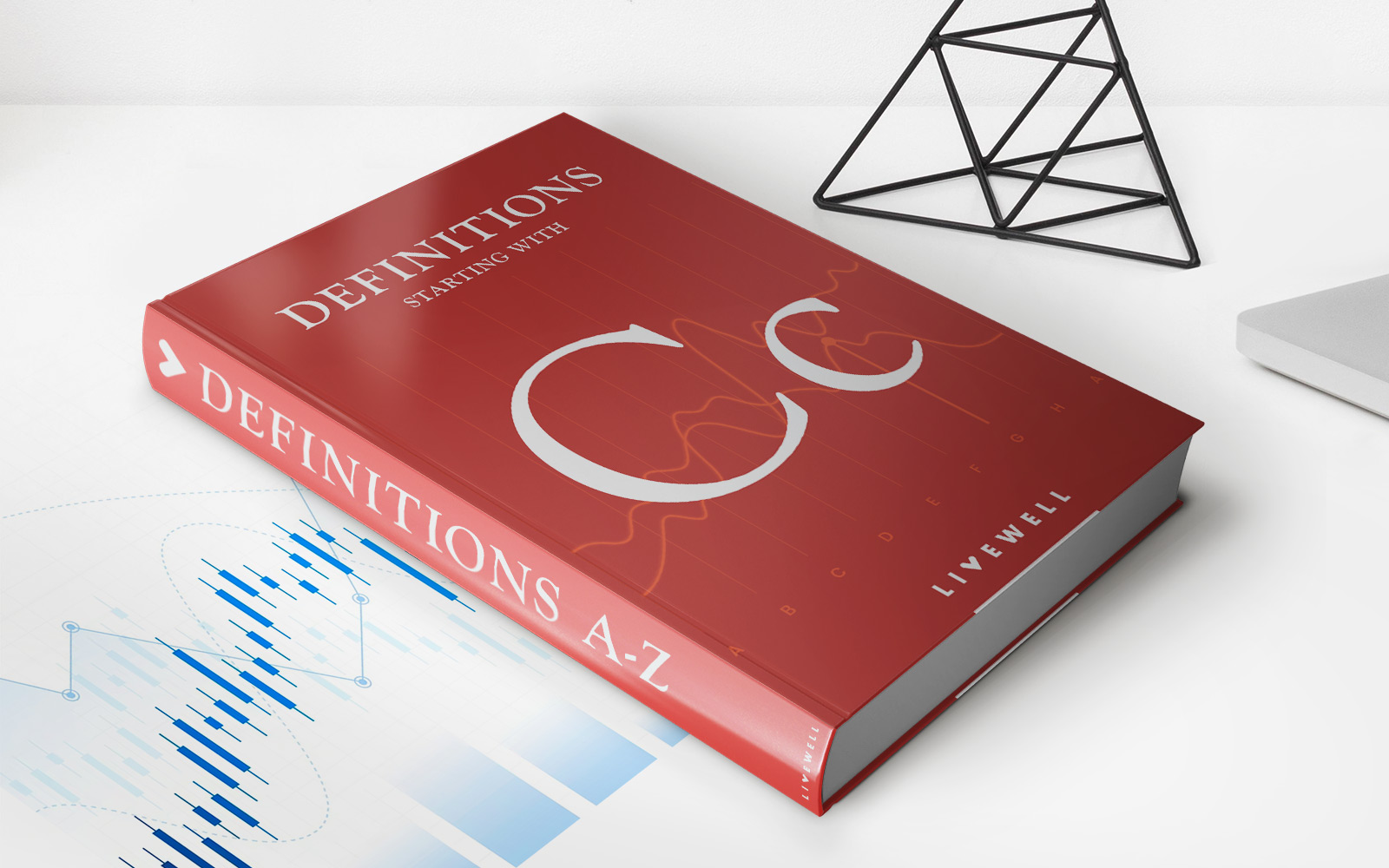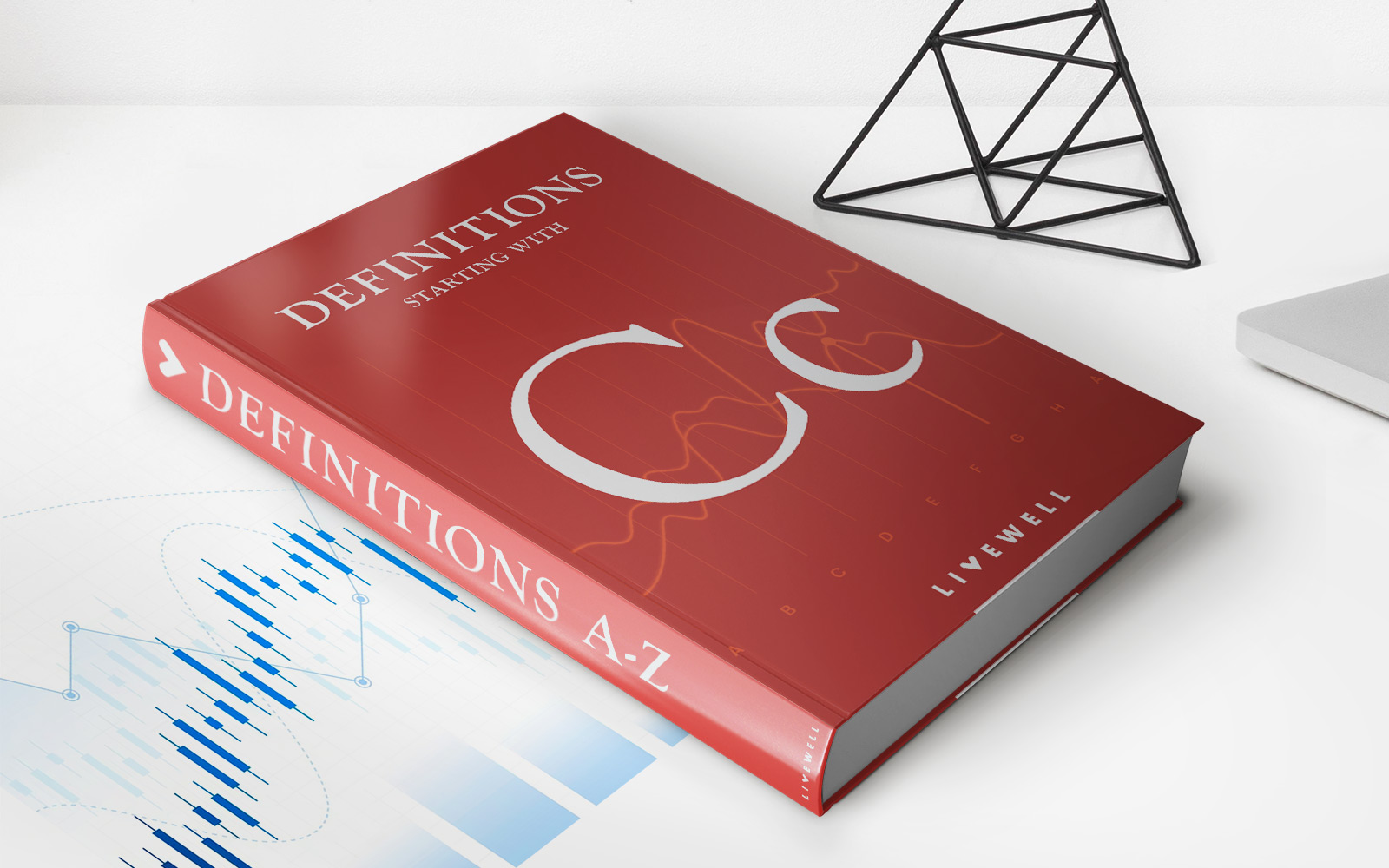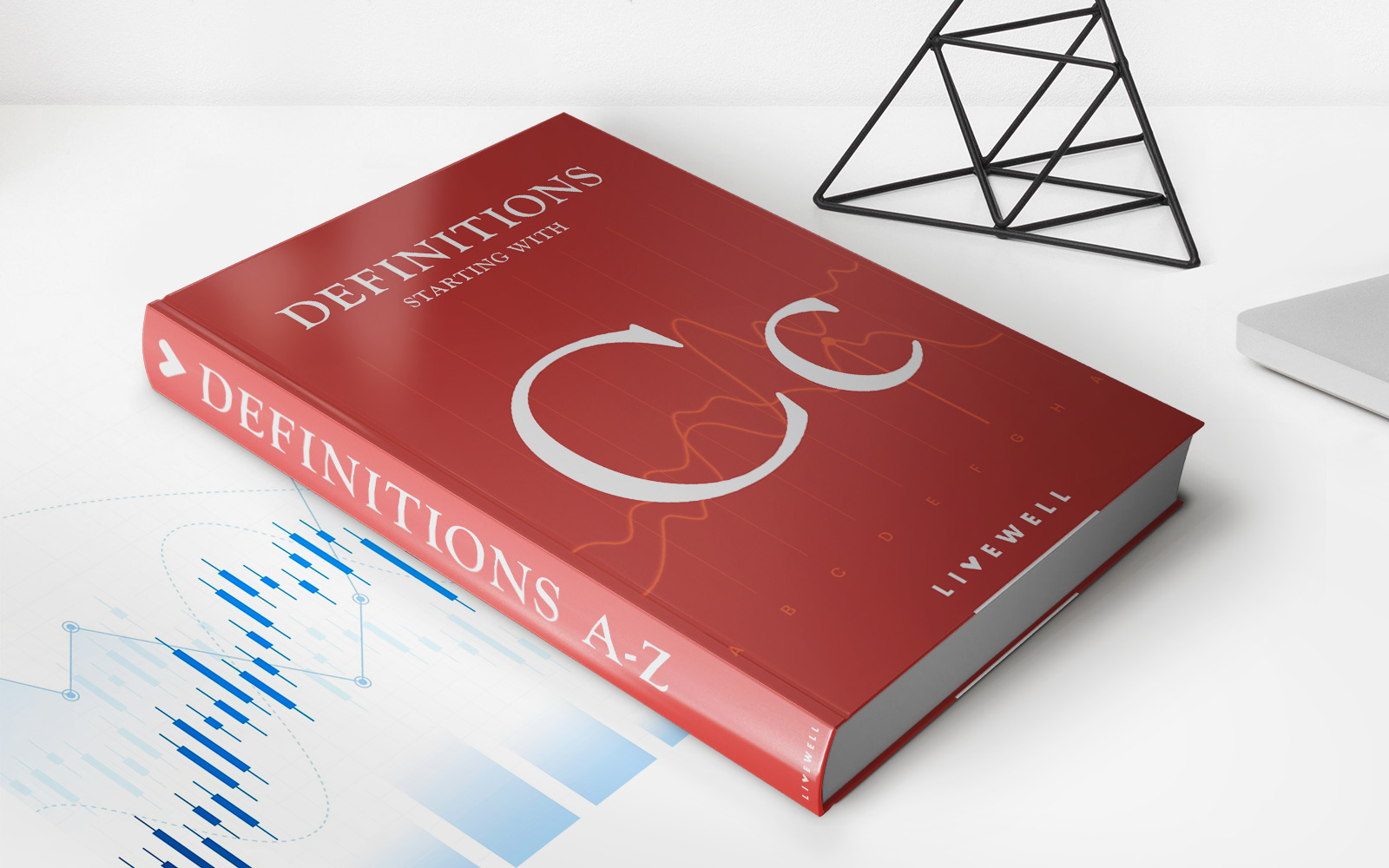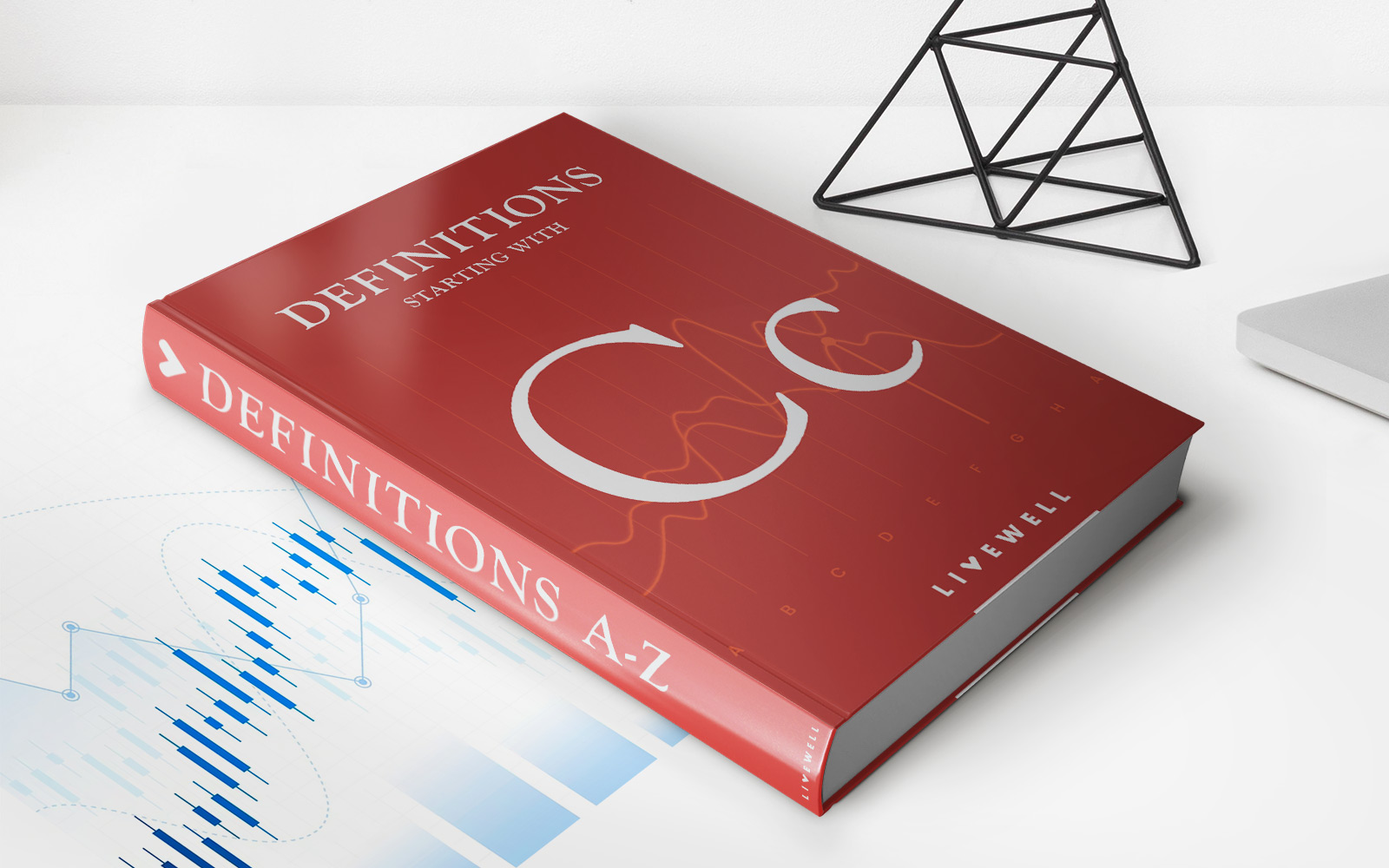

Finance
Catastrophe Swap Definition
Published: October 25, 2023
Discover the meaning of catastrophe swap in the world of finance and how it can help mitigate potential risks. Stay informed with our comprehensive guide.
(Many of the links in this article redirect to a specific reviewed product. Your purchase of these products through affiliate links helps to generate commission for LiveWell, at no extra cost. Learn more)
Catastrophe Swap Definition: A Powerful Risk Management Tool in Finance
In the world of finance, risk management is paramount to succeed and thrive. One tool that has gained considerable popularity in recent years is the catastrophe swap. But what exactly is a catastrophe swap? In this blog post, we will explore the concept of catastrophe swaps, how they work, and why they have become a powerful risk management tool in the world of finance.
Key Takeaways:
- A catastrophe swap is a financial contract that allows insurers to transfer the risk of potential catastrophic events, such as natural disasters, to investors.
- Investors who participate in catastrophe swaps receive a premium in exchange for agreeing to pay the insurer a predetermined amount if a catastrophe occurs.
Understanding Catastrophe Swaps
When we talk about catastrophic events, we are referring to natural disasters such as hurricanes, earthquakes, or even pandemics. These events can have a significant financial impact on insurance companies, causing massive payouts that can quickly deplete their resources. Catastrophe swaps provide a mechanism for insurers to transfer a portion of this risk to financial market investors.
So, how does it work? Let’s break it down:
- An insurance company enters into a contract with investors (typically hedge funds, reinsurance companies, or specialized catastrophe bond funds).
- The insurance company agrees to pay a premium to the investors, usually on an annual basis.
- If a predefined catastrophic event occurs within a specific geographical region and meets pre-established criteria, the insurer can claim a predetermined amount from the investors.
- If no catastrophic event occurs, the insurer keeps the premium, and the investors do not have to pay anything.
By entering into a catastrophe swap, insurance companies can effectively manage their exposure to catastrophic events. This allows them to stabilize their finances and avoid potential bankruptcy in the face of significant claims resulting from natural disasters.
On the other side of the swap, investors who participate in catastrophe swaps receive a premium in exchange for assuming the risk of a catastrophic event. These investors often have deep pockets and the capacity to absorb potential losses. In return for their participation, they can earn a substantial premium if no catastrophic events occur during the contract period.
Benefits of Catastrophe Swaps
Now that we have a good understanding of what a catastrophe swap is and how it works, let’s explore the key benefits that make it a powerful risk management tool:
- Financial Stability: Catastrophe swaps provide insurers with an additional layer of financial stability by transferring a portion of their risk to investors. This allows insurers to better forecast and manage potential losses resulting from catastrophic events.
- Diversification: For investors, catastrophe swaps offer an opportunity to diversify their portfolio. By investing in different catastrophe risks, they can spread their exposure and potentially earn attractive returns.
- Efficient Capital Management: Instead of tying up large amounts of capital to cover potential catastrophic losses, insurance companies can allocate their resources more efficiently. This allows them to invest in other areas of their business, expand their operations, or enhance their underwriting capacity.
Catastrophe swaps have revolutionized the way insurance companies manage their exposure to catastrophic risks. By transferring a portion of this risk to the financial markets, insurers can protect their balance sheets and maintain financial stability. At the same time, investors have the opportunity to earn attractive returns by assuming the risk of catastrophic events.
So, the next time you hear someone mention catastrophe swaps, you’ll know that they are not only a financial instrument but also a powerful risk management tool in the world of finance.
